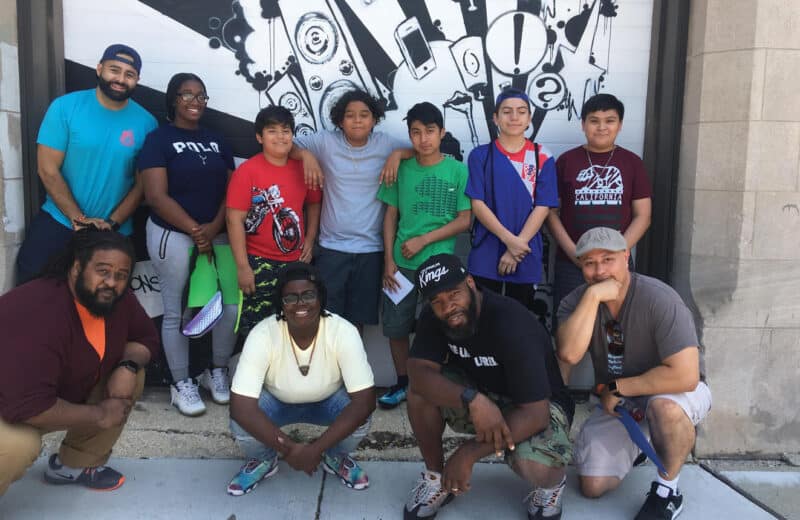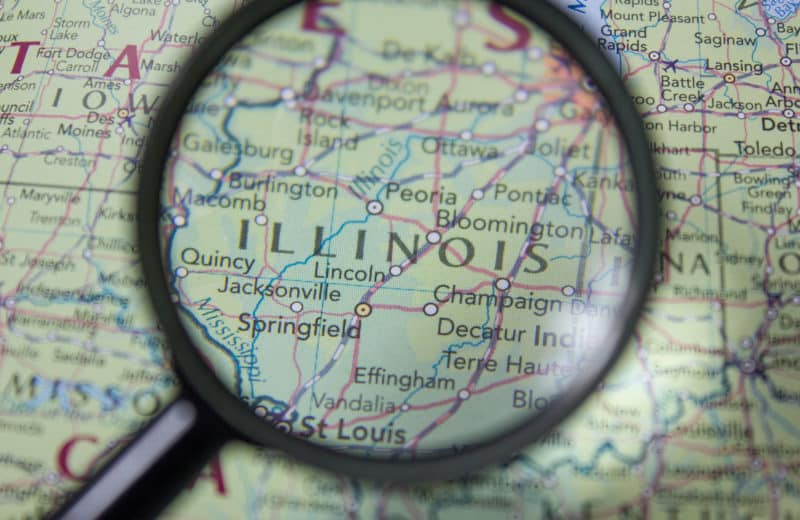Talking about death can help you live better at the end
Gerry Mathy learned she had late-stage pancreatic cancer in 2009. The 75-year-old Wisconsin woman had witnessed her late husband’s grueling lung cancer treatment and didn’t want the same for herself. No chemo, no radiation, no thank you.
At the urging of her sons, she sought additional opinions from two Chicago doctors. The answer was the same: With aggressive treatment, she could maybe gain two months, while enduring possible side effects. The other option? “Not going through that regimen and being able to be active and vibrant in her last months,” says her son, Kent Mathy, a technology executive in Chicago.
Gerry chose door number two. She moved into Kent’s house in November 2009 and began hospice care with Midwest CareCenter (now part of JourneyCare). Hospice caregivers kept her pain under control while maintaining her ability to be alert and mobile, Kent says. She was able to spend time with her family, including attending her granddaughter’s high school basketball games and watching movies with her. The family dog, Penny, slept in her room beside her bed.
Gerry lived for about five months after her diagnosis and died surrounded by her loved ones. “She was able to truly enjoy her life right up to the end,” Kent says.
Misconceptions about hospice
End-of-life care like Gerry’s may be what some would wish for, but too often it doesn’t occur. While hospice use is rising — about 1.65 million people used it in the U.S. in 2014, up from 1 million in 2004, according to the National Hospice and Palliative Care Organization — it remains misunderstood and underused, say hospice proponents.
Why? One big reason is an unwillingness on the part of patients, their families and doctors to openly face — and talk about — death.
“We have a death-denying culture,” says Mary Sheehan, CEO of Joliet Area Community Hospice. “The process of dying is something none of us are familiar with. … People are afraid of it, so there is not a lot of talking about it.”
Often, it is hard for physicians to initiate that conversation with families.
“Doctors may not always be comfortable bringing up the fact that there’s not a way to cure what you have,” says Pamela Cramer, executive director of the Illinois Hospice and Palliative Care Organization. “And they are not always familiar with the advantages of hospice and palliative care, although the industry is growing and people are becoming more aware of the cost savings and benefits to the entire family.”
Hospice gives people with end-stage illness treatments that can improve their quality of life, while not pursuing sometimes futile or painful interventions.
Medicare covers hospice if the patient is expected to live six months or less, though this is renewed as needed. Half of Medicare hospice patients live under 25 days; the average is about 69 days.
Some people may believe that opting for hospice means throwing in the towel — that there’s no hope, that no more medical treatment will be given, that you’re dying.
“The process of dying is something none of us are familiar with. People are afraid of it, so there is not a lot of talking about it.”
Mark Grzeskowiak, MD, HMDC, vice president of medical services at JourneyCare, says this is a misconception. “Hospice is about quality of life — making the most of each and every day. It’s saying, ‘I want to live the best life possible between now and the day I die.’”
Grzeskowiak says patients and their families often tell him they initially believed hospice meant giving up. “Once they begin hospice care, they’ll say, ‘I wish I had started sooner.’”
Some hospice patients live longer than those who continue medical interventions. A 2007 study, for example, found that those in hospice lived an average of 29 days longer than their non-hospice counterparts.
Important conversations
Diane Rapaport, MD, senior medical director, Chicagoland, at VITAS Healthcare, advises patients with serious illnesses to ask their doctors specific questions about the benefit versus burden of the proposed treatment before agreeing to medical care that might prolong their life only for a short time or with significant side effects.
“Ask, ‘What is the likely benefit of the treatment to me at this point of my life and illness?’” she advises. “What are the side effects of the medications or treatments that might add burden to the dying process as the disease progresses?”
Family conversations also need to be opened up. Sheehan says it’s common for her to visit a hospice patient for the first time and be met by a family member who says, “My mother doesn’t know she is dying.” Then she will meet the mother, who will say, “I’m dying, but my children don’t know it.”
Once people start communicating openly, Sheehan says, patients’ goals for their last days can be addressed. Unresolved issues, such as family disputes, can be dealt with. Fears can be assuaged, questions answered, goodbyes given.
Even if you’re not in hospice, you should make your end-of-life medical care wishes known to your family, which can head off family disputes and reduce stress and second-guessing, Sheehan says.
Advance directives can and should be made as soon as possible, while you are healthy. What kind of care would you want to pursue if you became ill or were in a serious accident and could not speak for yourself? Do you want to be intubated? These are the kinds of issues you can address, and you should do so before you become ill and a crisis has occurred. After all, says Grzeskowiak, “We never know what tomorrow will bring.”
Resources for Advance Directives
Five Wishes : Express your desires through a living will agingwithdignity.org/five-wishes
Illinois Department of Public Health : Information about advance directives
dph.illinois.gov/topics-services/health-care-regulation/nursing-homes/advance-directives
POLST (Practitioner Orders for Life-Sustaining Treatment) : A signed medical order reflecting
your wishes about end-of-life care polstil.org












